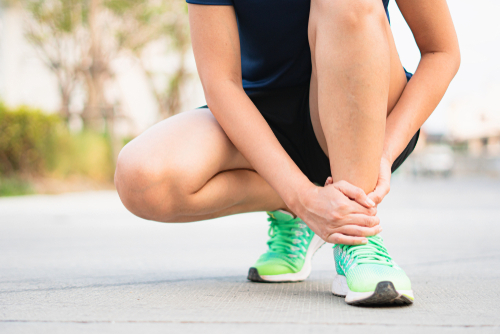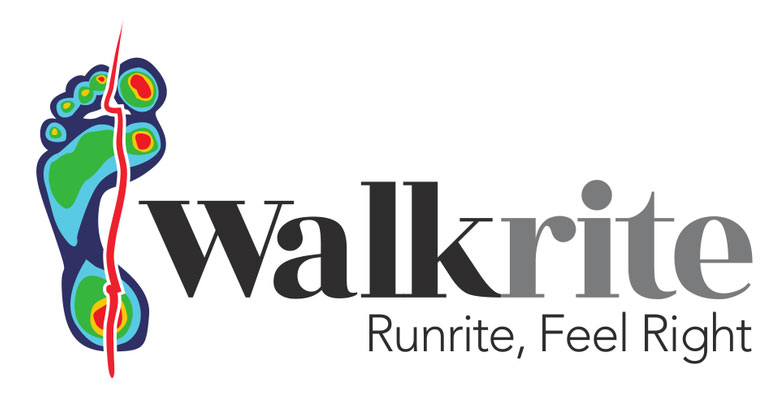
The Covid-19 lockdown has meant a change of activity levels for us all and it would seem that, for some of us, that has meant injury. Whilst our clinics have been closed, there has been an increase in existing and new patients contacting us with re-aggravations of existing injuries, or new injuries, who describe a history of onset of these pains with a change in exercise activity.
The reason for these injuries is often what we would describe as a change in ‘load’. All tissues in the body, eg bones, muscles, tendons, etc have a maximum loading capacity and, when that is exceeded, the tissue undergoes changes and can cause pain. Sometimes this change in load is sudden (such as pushing off quickly and rupturing the achilles tendon (please don’t try that at home!)) but sometimes it is cumulative, secondary to either a completely new exercise activity or an increase in what you do normally.
Obviously, tendon ruptures need to be seen immediately and it is important to call a healthcare professional to get immediate advice if you think something like this might have happened, but less serious injuries initially can also mean a long period of rehab if you don’t take action quickly enough. Here are some of our best tips to avoid limping out of lockdown:
- Never exercise through pain that is worsening continuously for more than 5 minutes – it is OK to feel some discomfort when exercising but pain should never be severe or worsening for a long period of time. Tendon problems often feel painful when you start moving but, so long as the pain gets better and then stops, it is OK to continue, unless you experience point 2.
- If the exercise you are doing makes the pain worse within a few hours of stopping and into the next day, the activity you are doing is making it worse – some activities will help your pain and some will make it worse, even if it is not painful at the time. If you identify an activity that makes your pain worse the next day, reduce or stop that activity and replace it with something that doesn’t cause the same reaction
- Take constant pain and swelling seriously – if you have constant pain and it is associated with an area of swelling, take this seriously as it is likely that the tissue concerned is inflammed and needs a period of rest. Treat any swelling with cold packs, elevation if possible and rest for up to 6 days. If it is no better, seek advice.
- Rest does not always help – pain and swelling as in point 3. needs a period of rest but some problems need movement! If the pain isn’t constant and there is no swelling, ideally avoid any activities that are making it worse as in point 2. but otherwise keep it moving.
- Don’t make it worse than it needs to be – no matter how much you love what you have been doing, what you were training for, or how far along you were in your new exercise programme, if you keep pushing through injury and it is worsening, it will take much longer to recover, which will mean more time out of that activity in the long-run.
Hopefully these few pointers will help navigate any injuries you have at the moment. With luck, we will be able to open our doors to face-to-face consultations soon but we are available now for help and advice if you need it via the details on our contact page.
